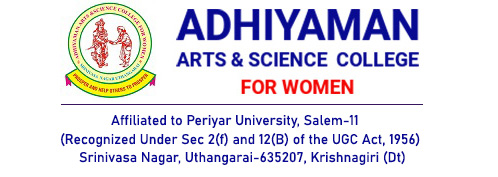Sidebar in Court
Have you ever watched a movie where a lawyer suddenly lays their hands on the side of their face and starts having a conversation with the judge?
“Why is that? Why are they covering their mouth?”
Are they that worried about their client hearing too much of their ideas? What could be so important?
What is a sidebar in court and how would you determine both the purpose and the procedure used to instigate it?
Let’s further discuss this in a manner that college students can appreciate.
What is a Sidebar Procedure?
A sidebar is basically a private conversation that’s often fairly short, between a judge and a lawyer that’s not heard by the court reporter, the jury or the public. All this can take place at the bench where the court reporter is seated so that the judge can be heard chatting with the attorney faces to face.
This discussion is not officially part of the court hearings and certainly, no record is kept of what is discussed between them.
As the situation arises, it’s almost always one of the two lawyers who request that they be allowed to approach the bench. That way, they can ask the judge a question or make a comment without being unnecessarily overheard by an audience.
In some state and federal courts, the judge sits on a raised bench at the head of the courtroom, in accordance with court house decorum.
The reason that the judge allows the attorneys to approach is to have a private discussion with them.
Judges often accommodate these sidelines, which is a good thing for everyone involved. In a few cases, the judge may refuse to allow it. But then again, the judge may allow the attorney to move directly into the well where they can address the jury.
Some attorneys will joke about sideline discussions with the judge being approximately “8” to 1,” which is to drop some levity on the issue.
On the other hand, the judge does have discretion like in a classroom setting.
In addition, lawyers usually refrain from sidebars if they think that they’ll come off looking really silly by requesting one. For example, if they know that the point of the sidebar will probably suggest the opposition’s attorney is way too brilliant.
Perhaps even, there are natural leaders, opposers and full-blown nerds who just don’t use them.
For example, if an attorney is getting ripped to shreds by the prosecution during a criminal trial, he/she will not likely walk up to the bench to huddle with the judge. It’s simply not the time for sidebar.
In this case, the lawyer will obviously be focused on leaving enough solid evidence for the jury.
The Purpose of a Sidebar in Court
When an attorney requests a sidebar, he or she is almost always trying to avoid exposing the jury to something the judge would not allow. As an example, an attorney might want to discuss the basis for objecting to a question that was asked, but not objected to.
Attorneys usually sideline to:
- Lawyers never waste time with irrelevant legal issues, especially when there’s a jury present. By sideline, they are attempting to maintain control over the discussion.
- For example, “It’s hearsay, your honor” is the most common cause for sideways.
Of course, there are other examples. But nearly every sidebar takes place for one reason or another, aimed at getting the judge’s attention.
Purpose in College Classroom
At Adhiyaman Arts & Science College for Women, sidebar is akin to sidebars, Which in our context are probably those in-class discussions that were reserved for solving a public problem we all faced and openly discussed. Often our main concern was keeping the attention of the entire class and flowing freely. Naturally, only one person was allowed to make their argument before calling for rebuttal by the original theorist.
In other words, an invitation was in order for someone to listen to an idea, study it inside out and share their own insight, without being interrupted.






